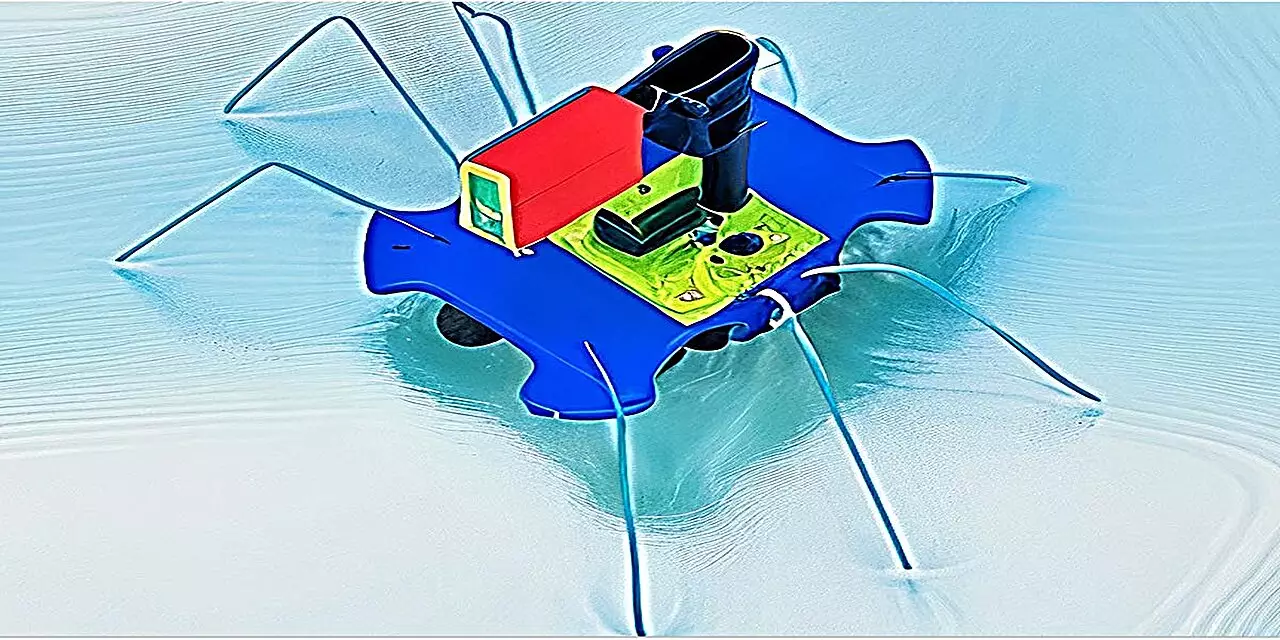Aquatic robotics have the potential to revolutionize the way we collect data in the world’s oceans. Researchers at Binghamton University have developed a self-powered “bug” that could skim across the water, collecting important information and feeding it back to a central database. This technology has the potential to advance the field of aquatic robotics and transform the way we understand and interact with our oceans.
One of the biggest challenges in developing aquatic robotics is the vastness of the world’s oceans. With 71% of the Earth’s surface covered in water, it is crucial to find ways to navigate these environments effectively. The U.S. Defense Advanced Research Projects Agency (DARPA) has recognized this challenge and initiated the Ocean of Things program to address the critical environmental and logistical issues of aquatic environments.
Professor Seokheun “Sean” Choi, along with his team at Binghamton University, has been working on developing self-powered aquatic robots using bacteria-powered biobatteries. These biobatteries have the potential to have a 100-year shelf life, making them ideal for long-term deployment in the ocean. The self-powered bug developed by Choi and his team utilizes a Janus interface to let in nutrients from the water and fuel bacterial spore production, generating power when environmental conditions are favorable.
The research conducted by the Binghamton team has shown that the self-powered bug is capable of generating close to 1 milliwatt of power. This is enough to operate the robot’s mechanical movement and any sensors that could track important environmental data such as water temperature, pollution levels, and the behaviors of aquatic animals. This technology has the potential to be deployed in various applications, from tracking commercial vessels and aircraft to monitoring pollution levels in the ocean.
The next step in refining these self-powered aquatic robots is to determine which bacteria are best suited for producing energy under stressful ocean conditions. While the team has used common bacterial cells in their research, further studies are needed to understand the microbial communities present in different areas of the ocean. By exploring the potential of multiple bacterial cells to improve sustainability and power generation, the team hopes to enhance the capabilities of these self-powered aquatic robots even further.
The development of self-powered aquatic robots represents a significant advancement in the field of aquatic robotics. The potential applications of this technology are vast, from monitoring environmental data to tracking commercial activities in the ocean. With further research and development, self-powered aquatic robots could play a crucial role in our understanding and conservation of the world’s oceans.


Leave a Reply